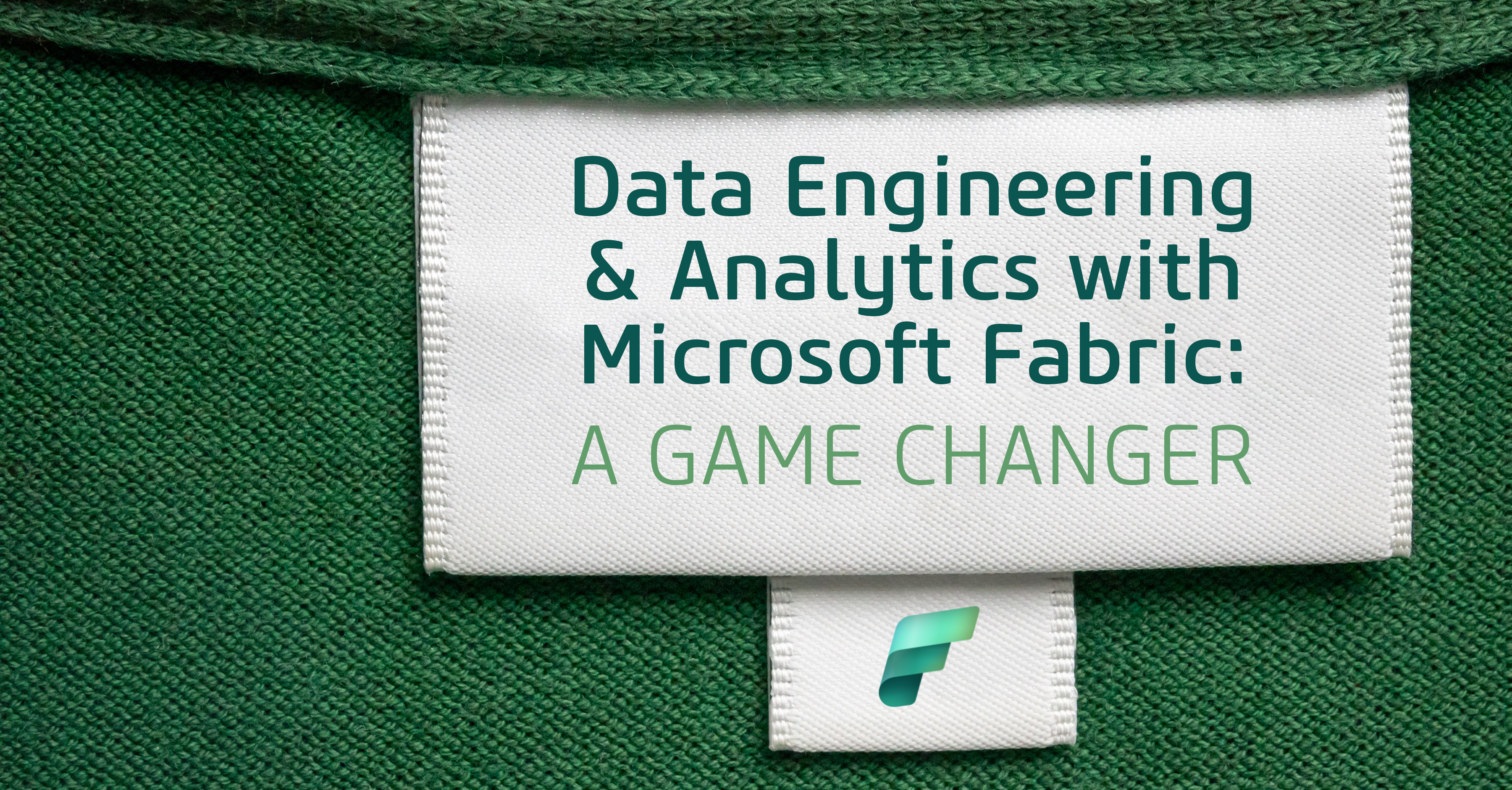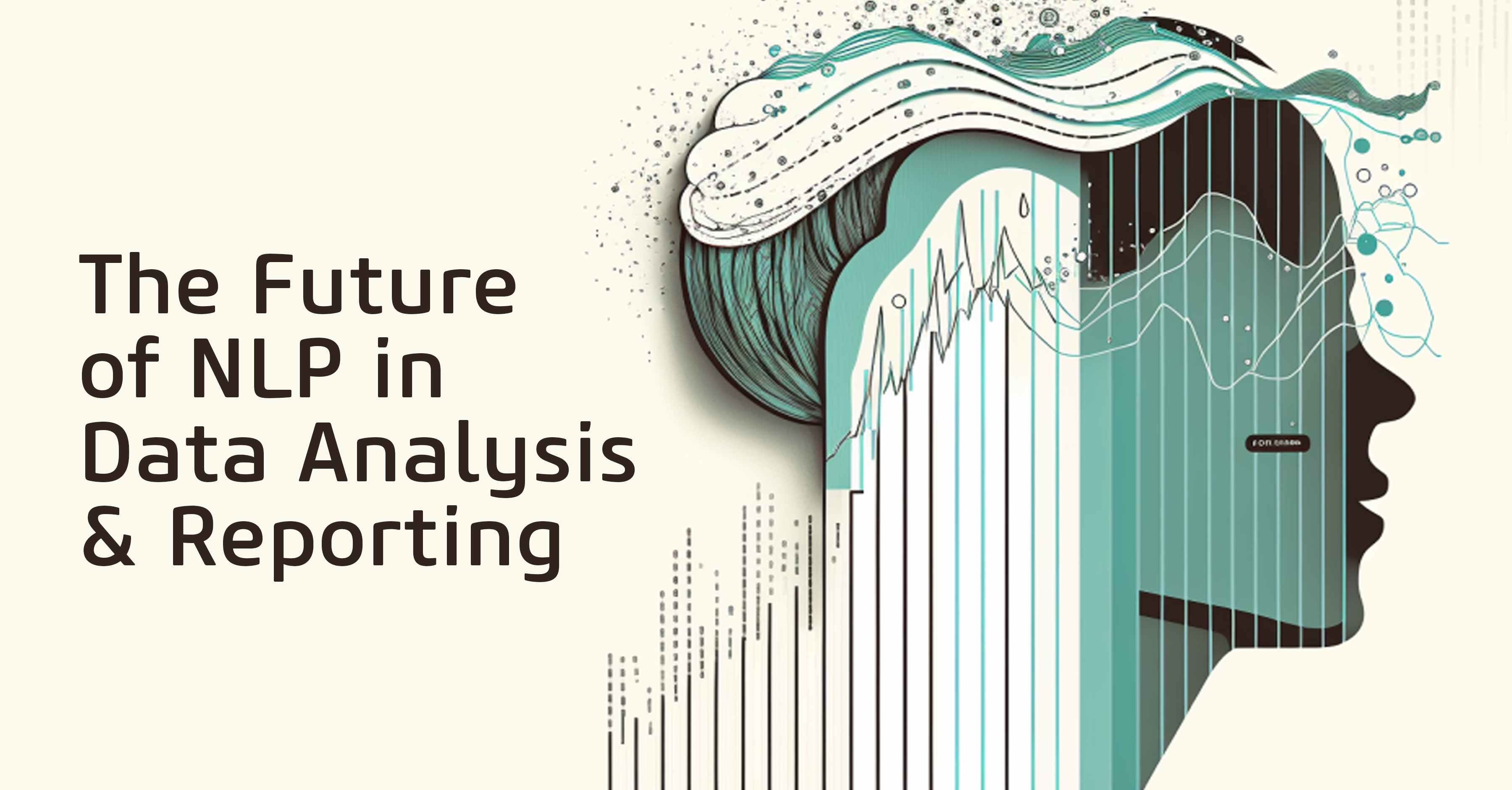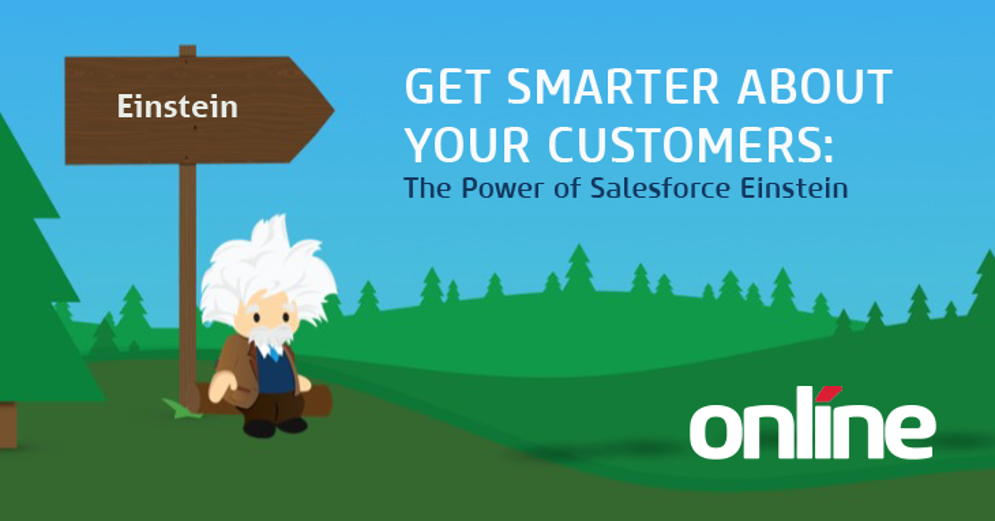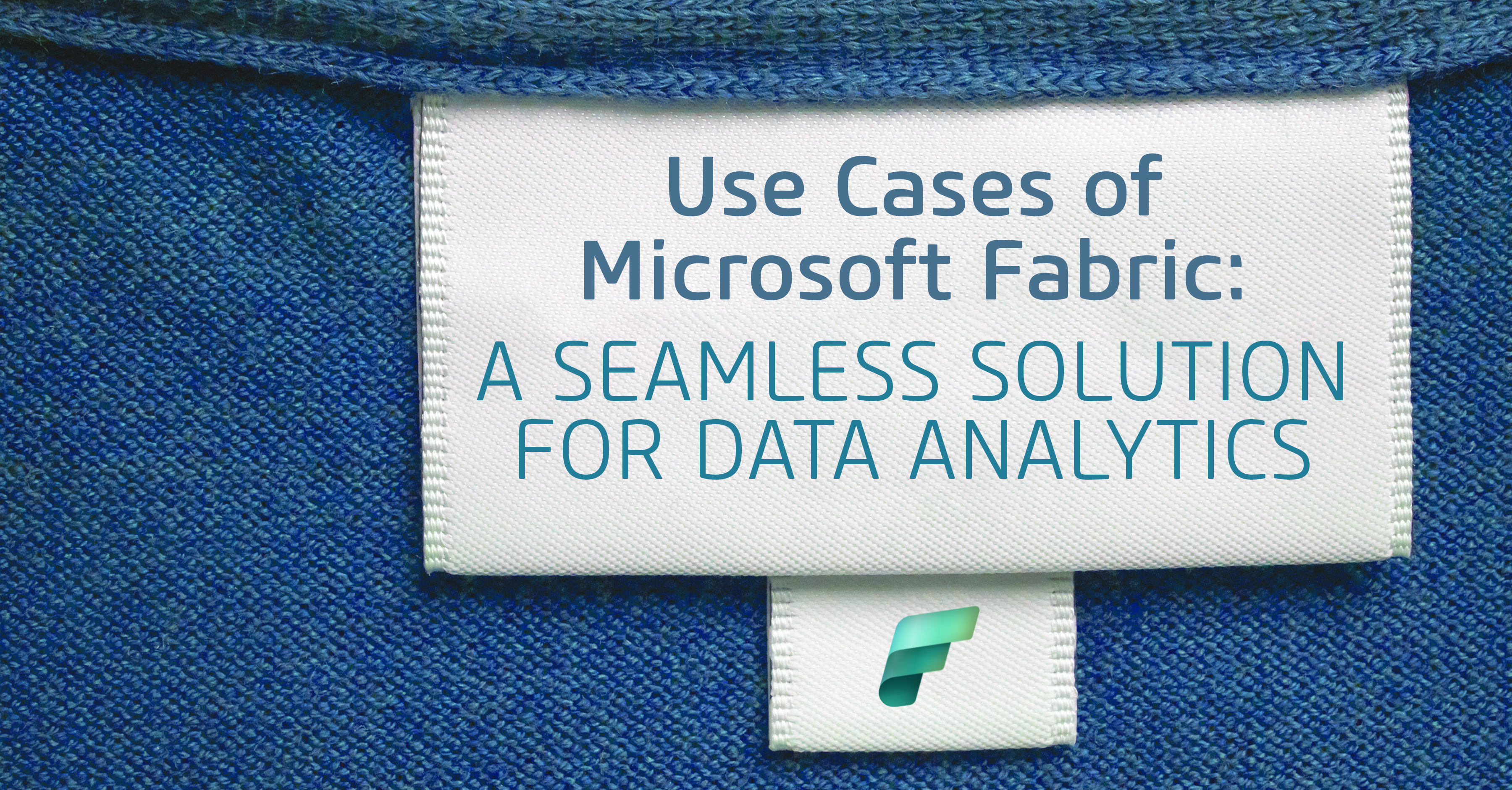Amir Golzadeh & Natalie Borbon
In the fast-paced world of data-driven decision-making, organizations are continually searching for innovative solutions to streamline data management and analysis. Enter Microsoft Fabric, a recent addition to Azure's toolkit that's changing the game in data engineering, integration, and analytics.
In this informative article, we explore the capabilities, advantages, and practical applications of Microsoft Fabric in the realm of data engineering and analytics. We also provide a comparison to other platforms that we hope you find valuable!
Learn how this innovative tool from our friends at Microsoft set the stage for a brighter, data-driven future.
What exactly is Microsoft Fabric?
Microsoft Fabric emerges as a holistic analytics solution, tailor-made for enterprises, addressing every facet of the data journey. From the seamless movement of data to the realms of data science, real-time analytics, and business intelligence, it offers a complete package.
One standout feature of Microsoft Fabric is OneLake, a unified, logical data lake that acts as a centralized hub for your organization's analytics data. Similar to OneDrive, OneLake comes standard with every Microsoft Fabric tenant, simplifying data organization and accessibility. It offers a single-pane-of-glass file-system namespace that spans users, regions, and even clouds, ensuring your data is well-structured and easily manageable.

Lakehouse: Transforming Data Storage
Microsoft Fabric Lakehouse is a cutting-edge data architecture platform designed to efficiently store, manage, and analyze both structured and unstructured data within a unified storage system. Notably, the Lakehouse simplifies data access through the automatic generation of a read-only SQL endpoint and a default dataset upon creation. This SQL endpoint provides users with convenient access to the data for analysis and querying purposes.

Relational Data Warehousing: The Heart of Business Intelligence
In the realm of business intelligence (BI), relational data warehouses are pivotal. Microsoft Fabric introduces a modernized version of the traditional data warehouse. It centralizes and organizes data from various departments, systems, and databases into a unified view for analysis and reporting. Fabric's data warehouse supports full SQL semantics, including the ability to insert, update, and delete data in tables. Notably, it's built on the Lakehouse architecture, stored in Delta format, and can be queried using SQL, offering unparalleled capabilities for enterprise data warehousing.
Dataflows (Gen2): Scalable Data Transformation
Dataflows, a type of cloud-based ETL (Extract, Transform, Load) tool, play a pivotal role in Microsoft Fabric. They facilitate the extraction of data from various sources, enable a wide range of transformation operations, and seamlessly load data into a destination. For those who prefer a visual approach, Power Query Online offers a user-friendly interface for these tasks.
Data Pipelines: Orchestration for Data Engineering
Within the Data Factory and Data Engineering workloads, data pipelines are effortlessly created. These pipelines, a common concept in data engineering, offer a wide array of activities for orchestration. Common pipeline activities include copying data, incorporating Dataflows, adding notebooks, obtaining metadata, and executing scripts or stored procedures.
Real-Time Analytics with KQL Database
Real-time analytics is at the core of Microsoft Fabric's offerings. Key components include the KQL (Kusto Query Language) database, which serves as a host for tables, stored functions, materialized views, shortcuts, and datastreams. Users can leverage the KQL Queryset to run queries, manipulate query results, and save queries for future use. The Eventstream feature allows seamless integration of streaming data from multiple sources, such as Event hubs, custom apps, and sample data, enabling data to be sent to various destinations, including a Lakehouse, KQL Database, or a custom app.
Apache Spark: Distributed Data Processing
Microsoft Fabric incorporates Apache Spark, a distributed data processing framework designed for large-scale data analytics. Spark distributes tasks across multiple processing nodes in a cluster, efficiently processing massive volumes of data by dividing and conquering. It simplifies the complex coordination of tasks and result collation across multiple computers.
Data Activator: Real-Time Data Triggers
For scenarios requiring data evaluation against conditions and triggering actions, Data Activator is the go-to tool. It facilitates data ingestion from different experiences, such as EventStreams, enables Power Automate flows, and allows real-time data visualization with Power BI. Data Activator's components, known as Reflexes, contain all the necessary details to connect to data sources, monitor conditions, and initiate actions.
Admin Portal: Centralized Management
Fabric's administrative web portal provides centralized management for the entire platform. Here, administrators can efficiently oversee, review, and apply settings across the entire tenant or by capacity.
Simplicity in Data Management
One of the standout advantages of Microsoft Fabric is its simplicity. Setting up and using the platform is a breeze, particularly for those familiar with the Azure ecosystem. We found ourselves in a world where complexity was replaced by user-friendliness. Microsoft Fabric simplifies data analytics, making it accessible to a broader range of users within the organization.
Comparing Microsoft Fabric with other Technologies
Fabric stands out by offering a unified platform that integrates various essential components seamlessly. Actually, it's an evolution of existing products and technologies, all wrapped up nicely into one package.


- Unified Platform vs. Separate Tools: Unlike traditional approaches where organizations have to rely on separate tools for ETL (Extract, Transform, Load), warehousing, and visualization, Microsoft Fabric brings all these functionalities together into a unified platform. This consolidation not only streamlines workflows but also eliminates the need for managing multiple systems, resulting in enhanced efficiency.
- OneLake: OneLake, serving as the cornerstone of Microsoft Fabric, revolutionizes data management by offering a lake-centric model akin to OneDrive for all organizational data. With OneLake at the core, Fabric ensures that all tools and engines access data efficiently from a centralized repository, eliminating the need for duplicated data sources. This approach eradicates the fragmentation inherent in disparate systems and formats, transforming scalability into a more manageable endeavor. Consequently, organizations can harness their data assets more effectively, unlocking new avenues for innovation and growth.
- Ease of Scalability and Management: With all tools integrated into one cohesive environment, scaling becomes a much smoother process with Microsoft Fabric. Unlike solutions that require complex configurations and upkeep, Fabric simplifies the management of resources, security, policies, and governance. This centralized approach not only reduces administrative overhead but also ensures consistency and compliance across the board.
- Improved Spark Experience: In comparison to other competitors like Synapse, Microsoft Fabric simplifies the utilization of Spark clusters. With starter pools that allow for instant Spark session initiation, Fabric eliminates the need for manual pool creation and management. This enhancement not only accelerates the workflow but also democratizes access to Spark, making it more accessible to users with varying levels of expertise. Also now multiple users can co-edit a spark notebook.

- Querying and Data Accessibility: Fabric's seamless integration with Azure SQL databases means that querying Fabric tables follows familiar protocols. This interoperability extends to querying delta tables directly from Lakehouses and warehouses, providing users with unparalleled flexibility and ease of access to their data assets.
- Cost-Effective Solutions: Microsoft Fabric offers cost advantages, especially for organizations that may not require the full spectrum of capabilities offered by other solutions like Synapse or Databricks. By adopting Fabric, organizations can potentially reduce their Total Cost of Ownership (TCO) through its Software-as-a-Service (SaaS) model, eliminating the need for extensive resource management. Additionally, Fabric's pricing model differs from Synapse, allowing organizations to evaluate and choose the most suitable option based on their specific needs and budgetary considerations.
Roadmap Considerations: When evaluating Fabric for your organization, consider factors such as TCO reduction, simplification of codebase and maintenance efforts, and alignment with your budgetary preferences. By leveraging Fabric's fully managed environment and unified One Lake approach, organizations can not only streamline their data operations but also pave the way for future scalability and innovation.
Pricing: When it comes to cost considerations, Microsoft Fabric shines as a cost-effective solution. In our project, we drew a cost comparison with Synapse Analytics, specifically focusing on the cost of dedicated SQL pools and we decided to proceed with Fabric. Microsoft Fabric pricing is usage-based, so you’re only ever paying for what you use. They offer 60-day trial periods and various promotional deals, giving you a full test drive of what Fabric has to offer. Fabric as SaaS pricing was simpler just based on the compute power and storage, but synapse pricing is much more complicated depending on spark pools, Data Explorer Pool, Data Warehousing, and Performance Tier.

Challenges and Considerations:
Navigating the Early Stages of Microsoft Fabric
While Microsoft Fabric presents a promising solution for modern data engineering and analytics, it's essential to acknowledge that, like any evolving technology, it comes with its set of challenges and considerations, particularly in its early stages of adoption.
Newness of the Technology
 Microsoft Fabric is a relatively new addition to the Azure ecosystem, and as such, it's still maturing. While there is documentation provided by Microsoft, it's worth noting that the community around Microsoft Fabric is currently smaller compared to more established Azure services. This means that finding readily available community support and resources may be somewhat limited, though this is expected to grow over time.
Microsoft Fabric is a relatively new addition to the Azure ecosystem, and as such, it's still maturing. While there is documentation provided by Microsoft, it's worth noting that the community around Microsoft Fabric is currently smaller compared to more established Azure services. This means that finding readily available community support and resources may be somewhat limited, though this is expected to grow over time.
A Rapidly Evolving Platform
 Microsoft Fabric is a technology in perpetual motion. With each passing day, new releases and features emerge, transforming the landscape of data engineering and analytics. It's a testament to Microsoft's dedication to refining and expanding the capabilities of this platform.
Microsoft Fabric is a technology in perpetual motion. With each passing day, new releases and features emerge, transforming the landscape of data engineering and analytics. It's a testament to Microsoft's dedication to refining and expanding the capabilities of this platform.
Upcoming Releases and Enhancements
A glimpse into the near future reveals a promising roadmap for Microsoft Fabric. Among the anticipated developments are:
- Git Integration for Dataflows and Pipelines: This integration promises to enhance collaboration and streamline the development process.
- Fast Copy Support for Dataflow Gen2: Improved performance and efficiency are on the horizon, ensuring dataflows operate at peak speed.
- On-Premise Data Gateway for Data Pipelines: This addition extends the platform's reach, allowing seamless integration with on-premise data sources.
These upcoming features, scheduled for release in the first two quarters of 2024, represent just a fraction of the innovation that lies ahead.
Staying Informed
 To stay up-to-date with the latest developments, releases, and features of Microsoft Fabric, you can refer to the official release plan at Microsoft Fabric Release Plan. Here, you'll find a roadmap that provides a clear glimpse into the platform's future, ensuring that you can leverage the most current capabilities to drive your data analytics endeavors.
To stay up-to-date with the latest developments, releases, and features of Microsoft Fabric, you can refer to the official release plan at Microsoft Fabric Release Plan. Here, you'll find a roadmap that provides a clear glimpse into the platform's future, ensuring that you can leverage the most current capabilities to drive your data analytics endeavors.
In a world where data engineering and analytics are continually evolving, Microsoft Fabric stands as a testament to innovation, offering a future filled with opportunities to transform the way we work with data.
About the Authors
 Amir Golzadeh, a seasoned software developer, began his career in 2012. Currently, he serves as a consultant at Online Business Systems, where he has made significant contributions to multiple projects across various fields. His expertise spans data management, web applications, ERPs, and solution architectures. Amir's critical thinking skills shine as he consistently seeks out areas for improvement and delivers effective solutions. His ability to identify and address complex challenges has proven invaluable in driving innovation and enhancing business processes within diverse industries.
Amir Golzadeh, a seasoned software developer, began his career in 2012. Currently, he serves as a consultant at Online Business Systems, where he has made significant contributions to multiple projects across various fields. His expertise spans data management, web applications, ERPs, and solution architectures. Amir's critical thinking skills shine as he consistently seeks out areas for improvement and delivers effective solutions. His ability to identify and address complex challenges has proven invaluable in driving innovation and enhancing business processes within diverse industries.

Natalia Borbon is a software developer who is very passionate about data. She began her journey in development in 2011 and has since been involved in various projects across diverse industries. Working closely with business stakeholders, she understands the importance of data and is always pursuing ways to enhance its use to add extra value to businesses.
Ready to unlock the full potential of Microsoft Fabric for your organization?
Contact our Data Services team to explore how Fabric can transform your data management and analytics processes.
Stay tuned for Part 2 of our blog series, where we'll dive into a real-world case study showcasing the power of Microsoft Fabric in action!




Submit a Comment